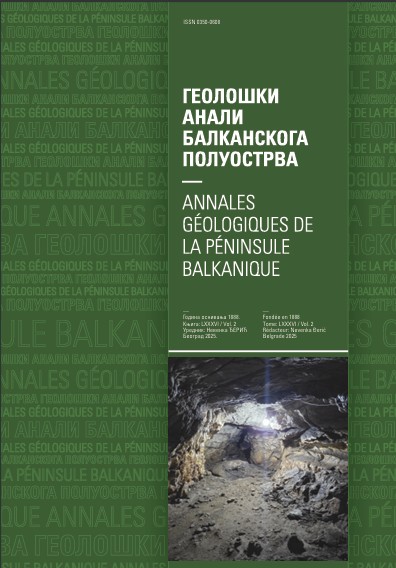Conception to set up a new groundwater monitoring network in Serbia
Abstract
The Water Framework Directive of the European Union (WFD) adopted in year 2000. outlines number of water policy and management actions, where monitoring is of primary importance. Following WFD principles Serbia adopted new legislation in water sector aiming to conserve or achieve good ecological, chemical and quantitative status of water resources. Serbia, as most of the countries of former Yugoslavia mostly uses groundwater for drinking water supply (over 75%). However, the current situation in monitoring of groundwater quality and quantity is far from satisfactory. Several hundred piezometers for observation of groundwater level under auspices of the Hydrometeorological Service of Serbia are located mostly in alluviums of major rivers, while some 70 piezometers are used by the Serbian Environmental Protection Agency for controlling groundwater quality. Currently only 20% of delineated groundwater bodies are under observation. This paper evaluates current conditions and proposes to expand national monitoring network to cover most of groundwater bodies or their groups, to raise number of observation points to a density of ca. 1 object /200 km2 and to include as much as possible actual waterworks in this network. Priority in selecting sites for new observation piezometers or springs has to be given to groundwater bodies under threats, either to their water reserves or their water chemical quality. For the former, an assessment of available renewable reserves versus exploitation capacity is needed, while to estimate pressures on water quality, the best way is to compare aquifers’ vulnerability against anthropogenic (diffuse and punctual) hazards.
Copyright (c) 2022 Geološki anali Balkanskoga poluostrva

This work is licensed under a Creative Commons Attribution 4.0 International License.










